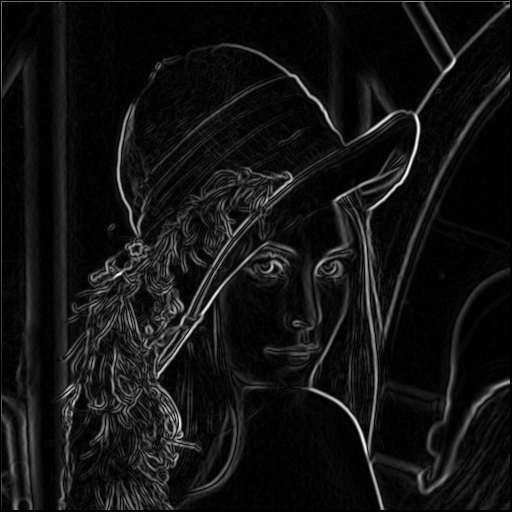El siguiente post lo realizo porque me molesta que haya tan pocos artículos en español sobre este tema. Lo que pondré es un algoritmo de detección de bordes de una imagen en c++, lo acabo de terminar xd
Lo pondré luego explicaré cada parte.
Código
Lo puse todo en una estructura para que sea más portable y además para que no dependa de otras librerias añadí funciones como max, min y hypotenuse, creo que solo debe incluir la libreria <cmath> para la funcion abs
Se preguntarán: Okay, tengo el algorithmo, ¿ Ahora qué ?.
fácil, para usarlo deben iniciailizarlo con el ancho y alto de la imagen, la cantidad de bits por pixel( 1 , 2 , 3 o 4 ) y el unsigned char de la data de la imagen, ejemplo:
Código
seguire explicando abajo





 Autor
Autor


 En línea
En línea










